All Activity
- Today
-
For "WehrMike95"... That display cabinet is awesome! Dining room? Wow. That is super extra awesome! Did you buy the cabinet "off the rack", or have it custom built? I see the light in the top of the interior. Nice touch.
-
Great topic. I look forward to watching this thread. Steve
-
Thanks Danimal. It looked good to me, but I know there are alot of fakes. I just wasn't sure because of the code. I researched the internet for a couple of hours trying to find that code with no luck. Maybe it is a rare manufacturer of some sort.
- Yesterday
-
Hello, I can't help with the code. But I see no reason to think this is a repo. I have noticed a trend of Eastern front 'water' or 'bunker' relics making their way west. I picked up what looks like a water find potato masher just a few months back and the condition looks similar to yours. The one I picked up was cheap and looks good in a display without spending big bucks. Wartime 'souvenired' potato mashers are just crazy prices.
-
Nice collection and nice displays. Looks nice in that cabinet. I really like the push plate. I snoozed on one I saw several months ago for sale. I got sidetracked at a show and the dealer left by the time I remembered... they are pretty scarce...
-
Nice. Rich A. in Pa.
-
Can anyone here help?
-

german freicorps helmet real?
Gear Fanatic replied to landingbeach44's topic in REAL, REPRO OR FAKE?
Yah, you can never be to carful when it comes to painted helmets. This just seems like a nice helmet was ruined to try to fool others, which is a shame… -

german freicorps helmet real?
landingbeach44 replied to landingbeach44's topic in REAL, REPRO OR FAKE?
thank you for the info. it is very true what is said when it comes to painted helmets----------------- be careful. TO MANY FAKES. -
-
I agree with the above comment that the scratching on the white paint looks like improvised aging. Steve
-
The yellow color on the collar tabs was the waffenfarbe for flight personnel, including pilots, observers, and other aircrew, as well as paratroopers.
-

german freicorps helmet real?
Gear Fanatic replied to landingbeach44's topic in REAL, REPRO OR FAKE?
I don’t think it’s legit, the wear patterns (to me) look artificial, and it looks intentionally scratched, not like real wear that is typically random. Also, if the insignia was actually That worn I would expect the original helmet paint to have just as much wear which to me doesn’t look likely. You can also see on the white parts there is gust poking through, while on the rest of the helmet there is fairly little. Also, for a helmet in immediate post war Germany, some paint companies (to save on costs) used other binders for paints other than lead. So lead testing isn’t completely full proof. Hope this helps slightly, would like to see what others have to say. Gear Fan -
Starting a new topic here to showcase photos I find of the Luftwaffe Helmets Being Worn Pre and during the war. First up, a Recuit taking the oath, looks Flakmann, date and location unknown.
-
This is neat... Never seen one of these before... Source: https://www.militariasales.com/product/german-luftwaffe-em-nco-breast-eagle-patch-blue-backing/ The coins are all 2 Reichsmark, mintmark "E", from Muldenhütten, 1933, 1934, & 1936 ~ 1939 {inclusive}. Further Reading: https://www.recomine.de/en/muldenhuetten-historical-smelter-complex/
-

german freicorps helmet real?
S.ChrisKelly replied to landingbeach44's topic in REAL, REPRO OR FAKE?
If that's lead paint, likely it's authentic. -
no doubt at least to me the helmet itself is real. my question is the white painted skull. opinions are welcome. thank you
-
Now the wife and I have moved into the new house and I have finally got a display cabinet sorted (and expanded the collection some) I have some new photos of the collection to share. (the books and models are mostly around there to fill in the gaps while I wait on a few things) (The brown leather binder holds a variety of german ww2 photos and stamps, pics of which I will share when my new job lot of photos comes in and the binder is even more filled out) All in All it provides a nice conversation piece to our dining room! Majority of the collection is original pieces with a couple repro/fake pieces in there to fill the space til I find originals or something better. The helmets and overseas cap however are stamped and legit. The left british helmet being a ww1 model and the right being a ww2 model. I especially love the Luftwaffe cap cockade on the german shelf, it was a crash recovery piece and the edges have melted.
-
I was hoping someone could help me with this. I can't seem to find the German three letter manufature code CSW that is marked on the handle, and there isn't a year stamp. Has anyone seen this before? It looks like the handle is spun/manufactured correctly as it should be. Is this an original, or some sort of repro? Thank-you for your help!!
-
-
Luftwaffe Fliegerbluse. Very popular among Luftwaffe personnel. Worn throughout the war.,
-
Holy s!!t you found that in a barn! That's in beautiful condition especially the frog with the early brass buckle. I would search the rest of the barn to see if there is anything else hidden in there.😍 Bill
- 1 reply
-
- 1
-
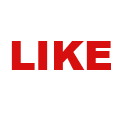
-
Just out of curiosity, I don't collect TR tunics but what kind of tunic is he wearing, I don't see any upper pockets.
- Last week
-
Jewelry.

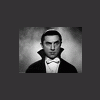
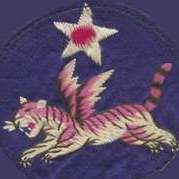
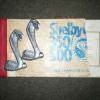
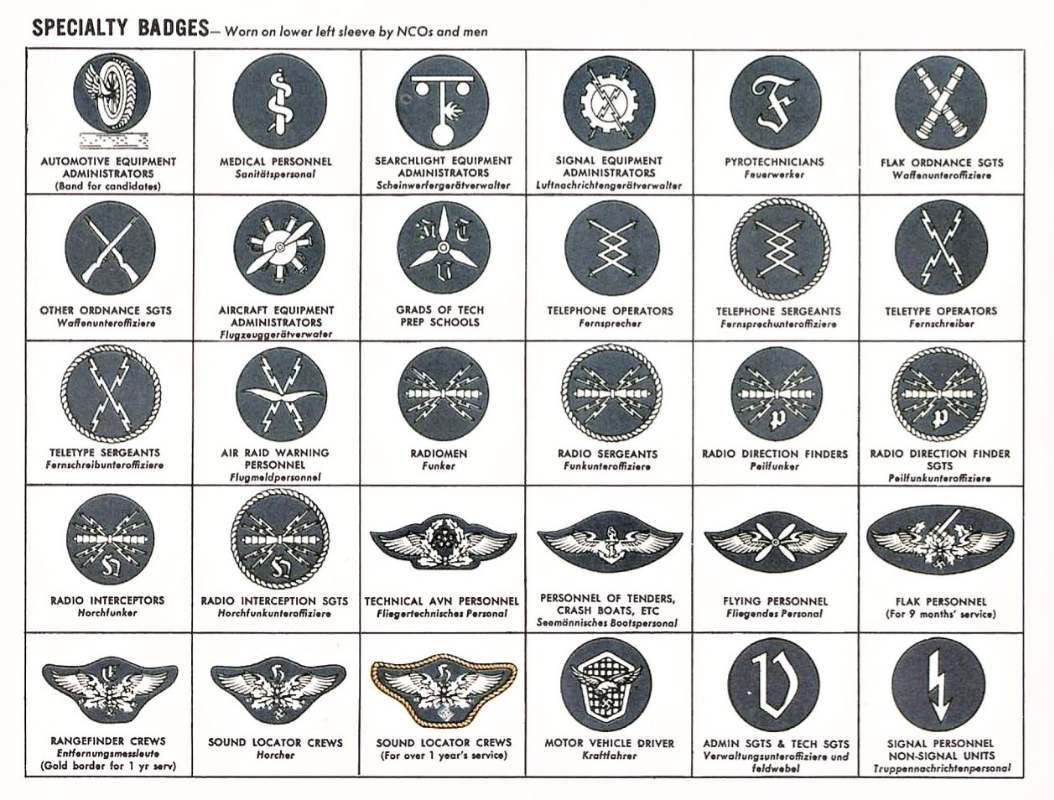
.jpg.493a8fd33b7d1c4500f69545e97619e2.jpg)
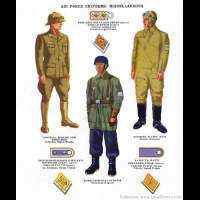


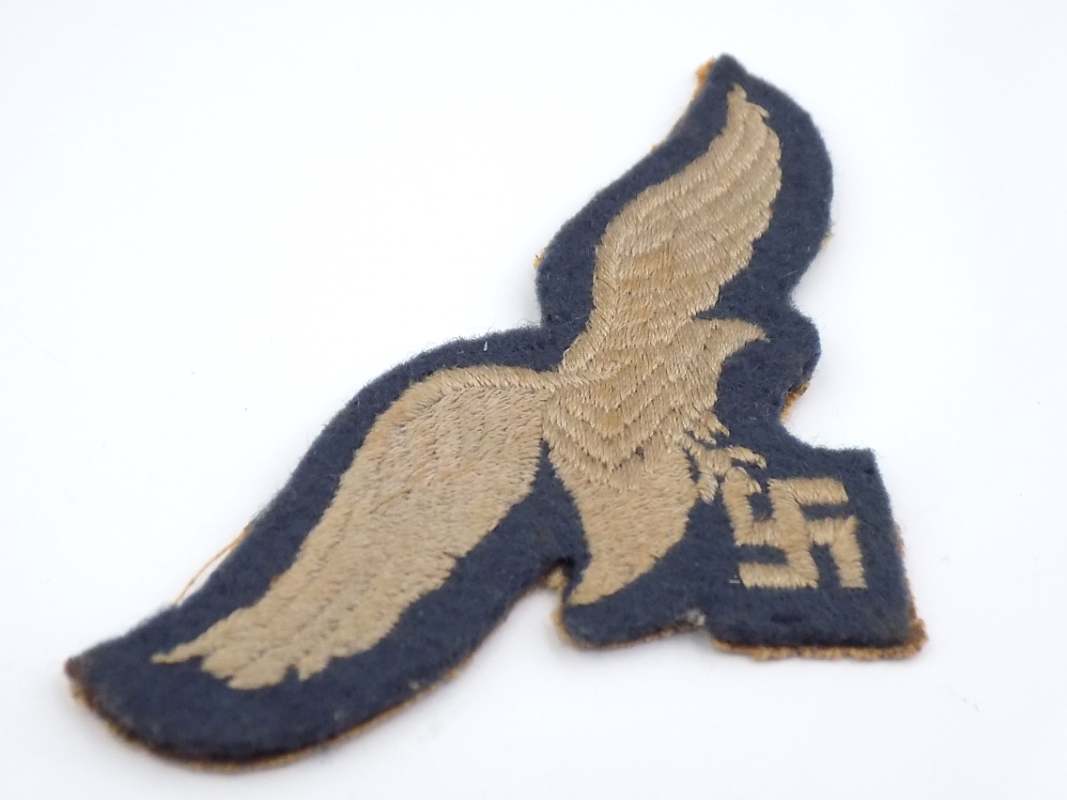
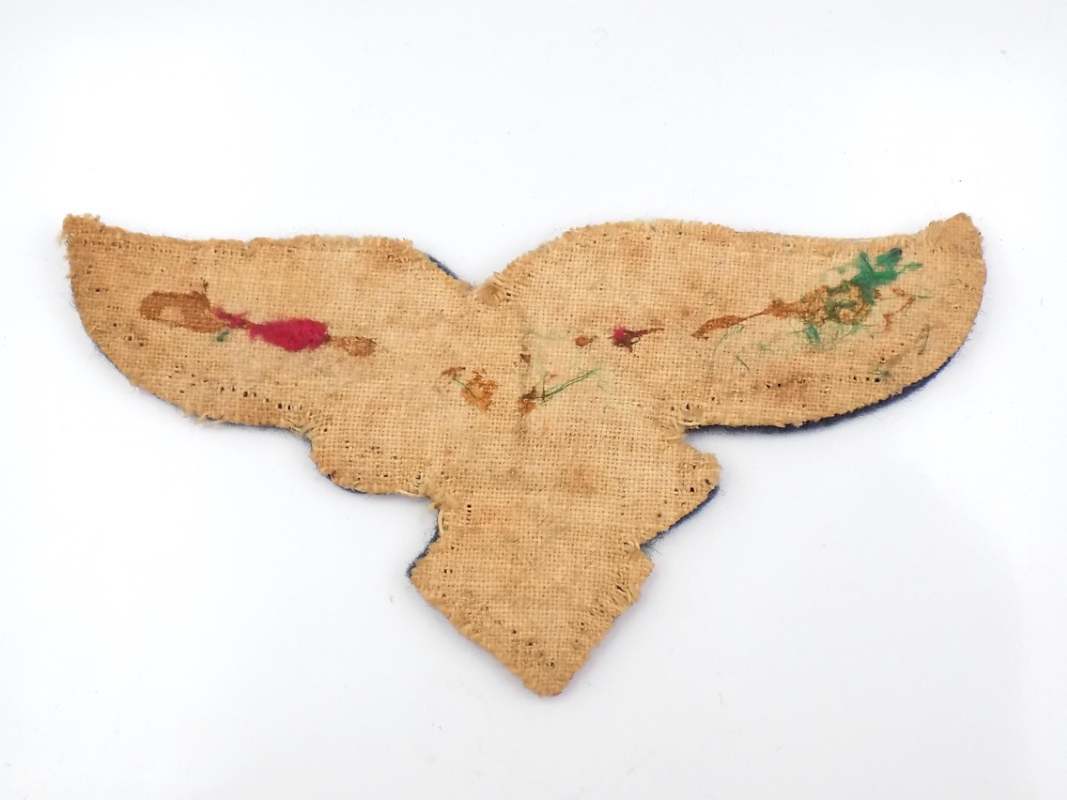

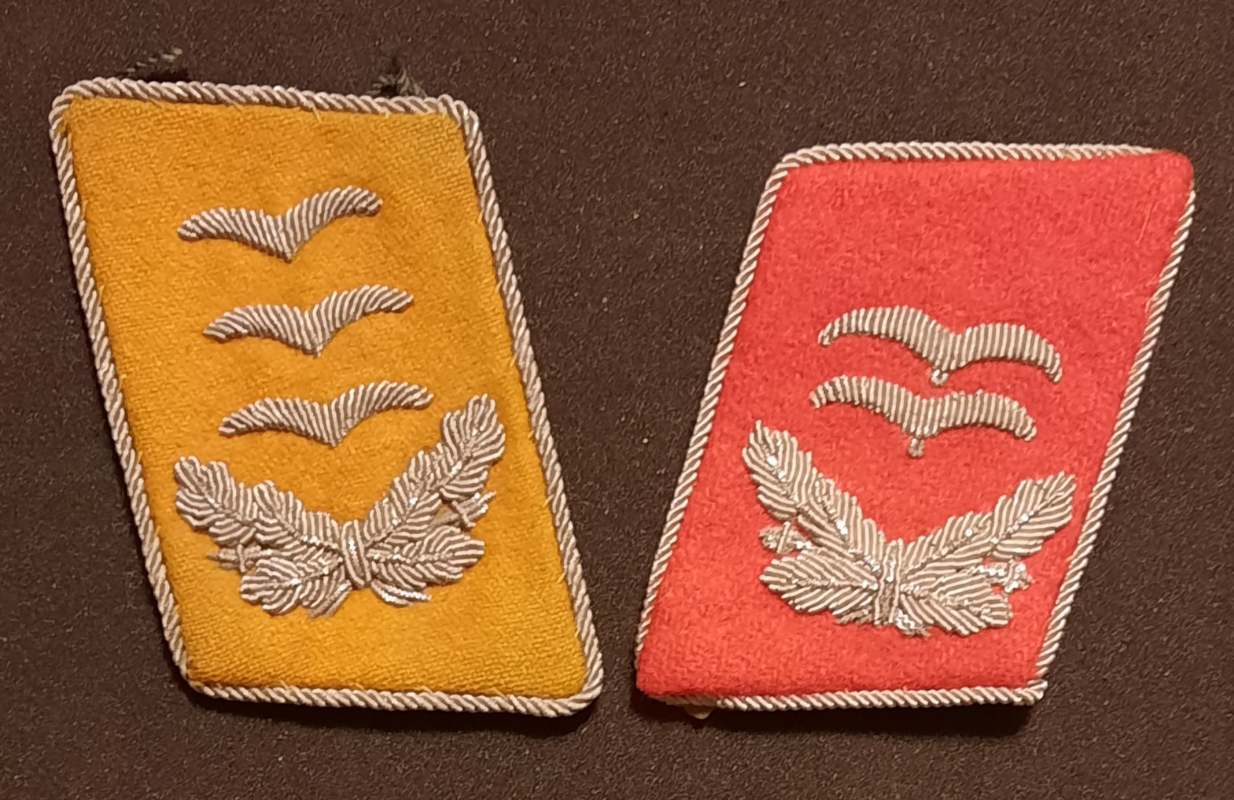
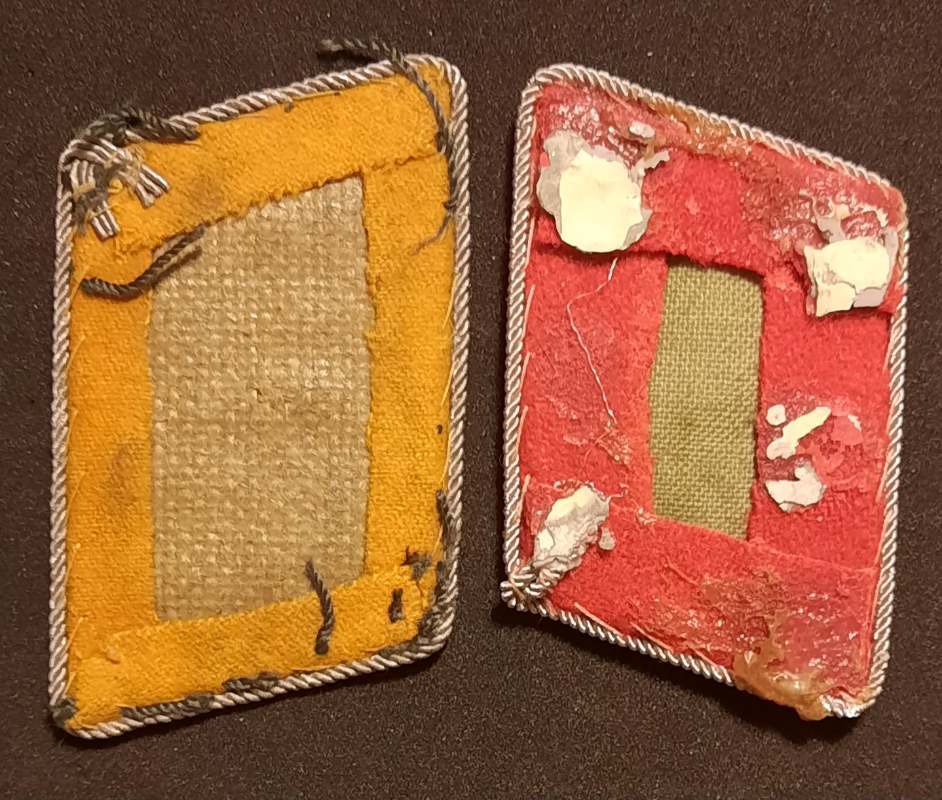

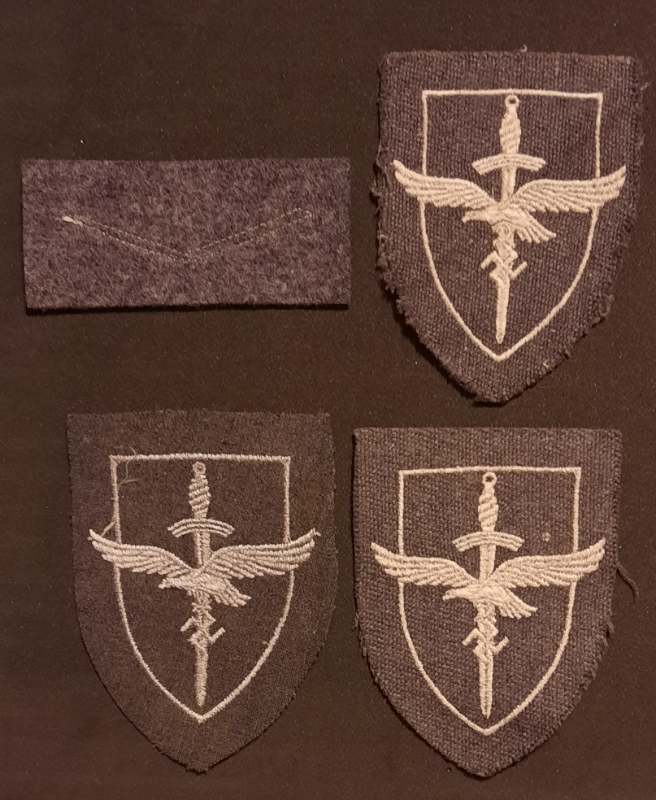
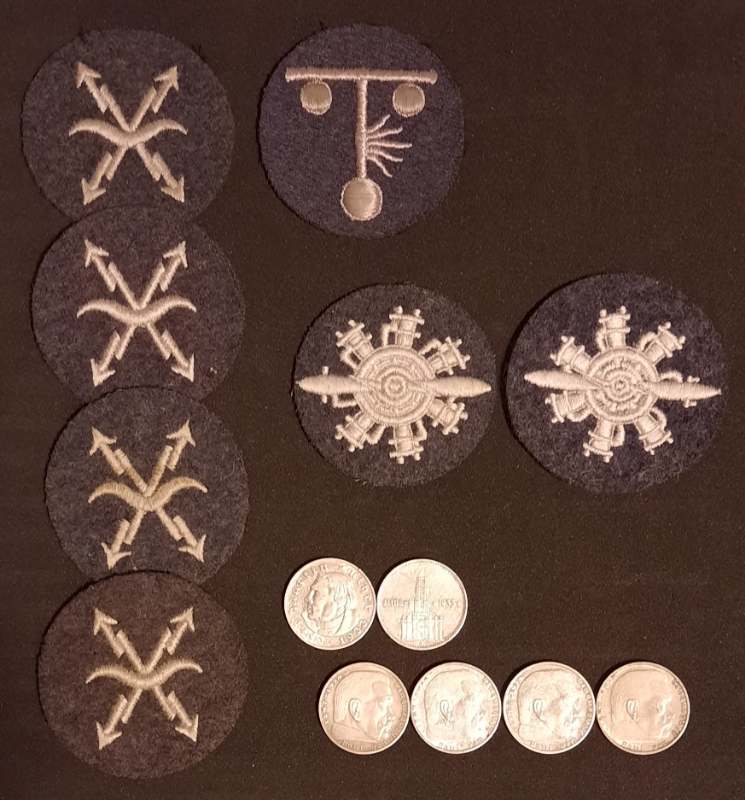

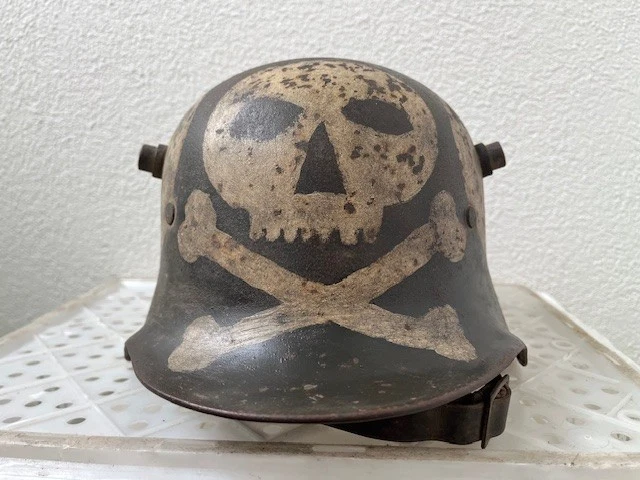
.webp.2876931e5473bfbd2a6efd171c7fb992.webp)
.webp.f2f4a0af657e8a45802e73439d6dceed.webp)
.webp.bbd9a6fdd3401caf3edd55e8beedf6e4.webp)
.webp.30d979f21824d1ea36147837b373b467.webp)

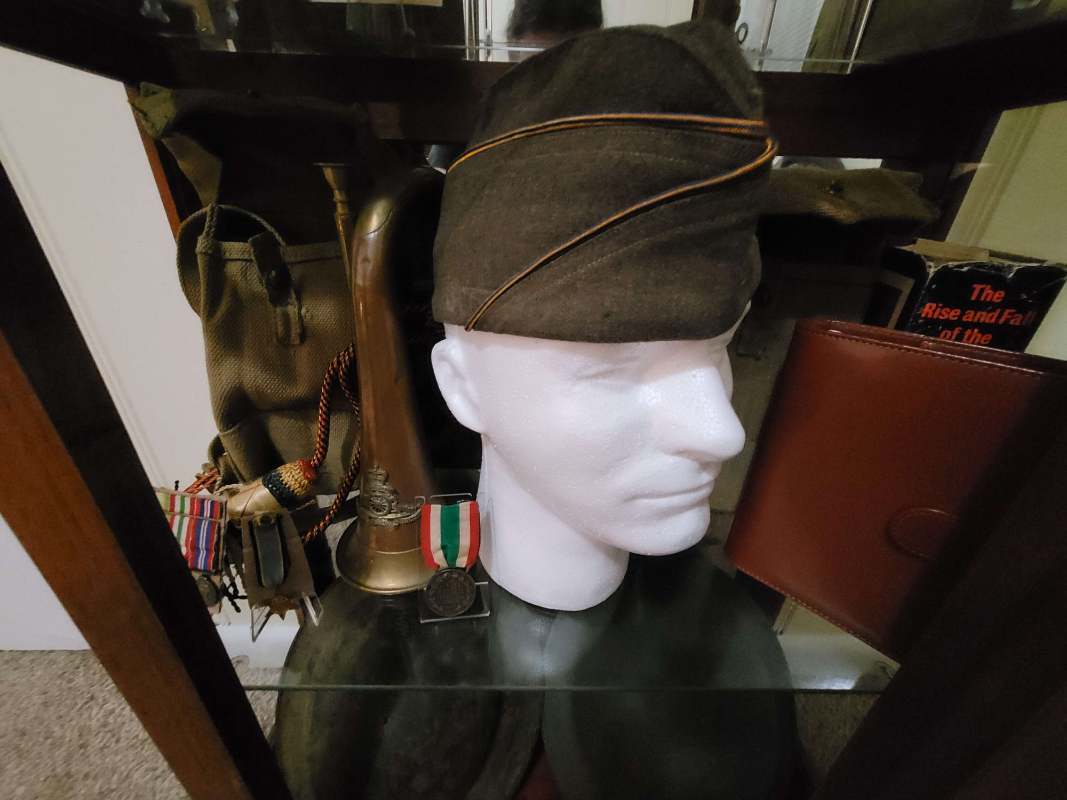
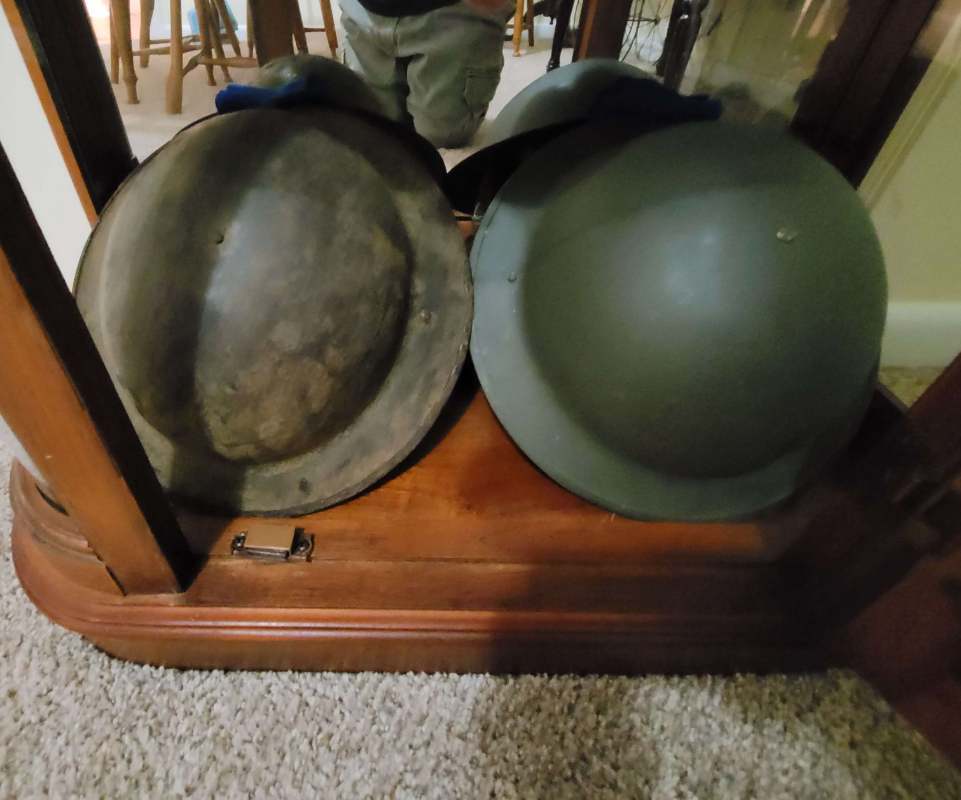
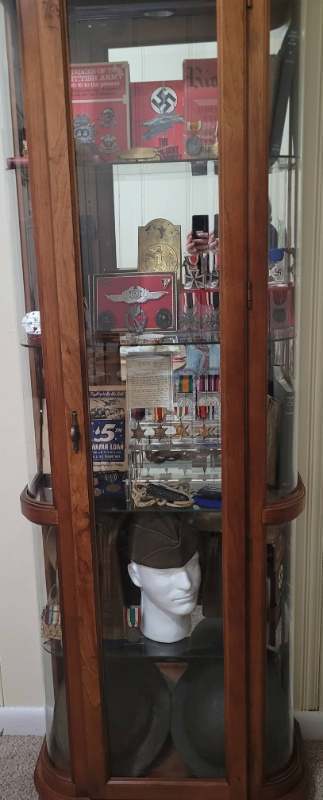
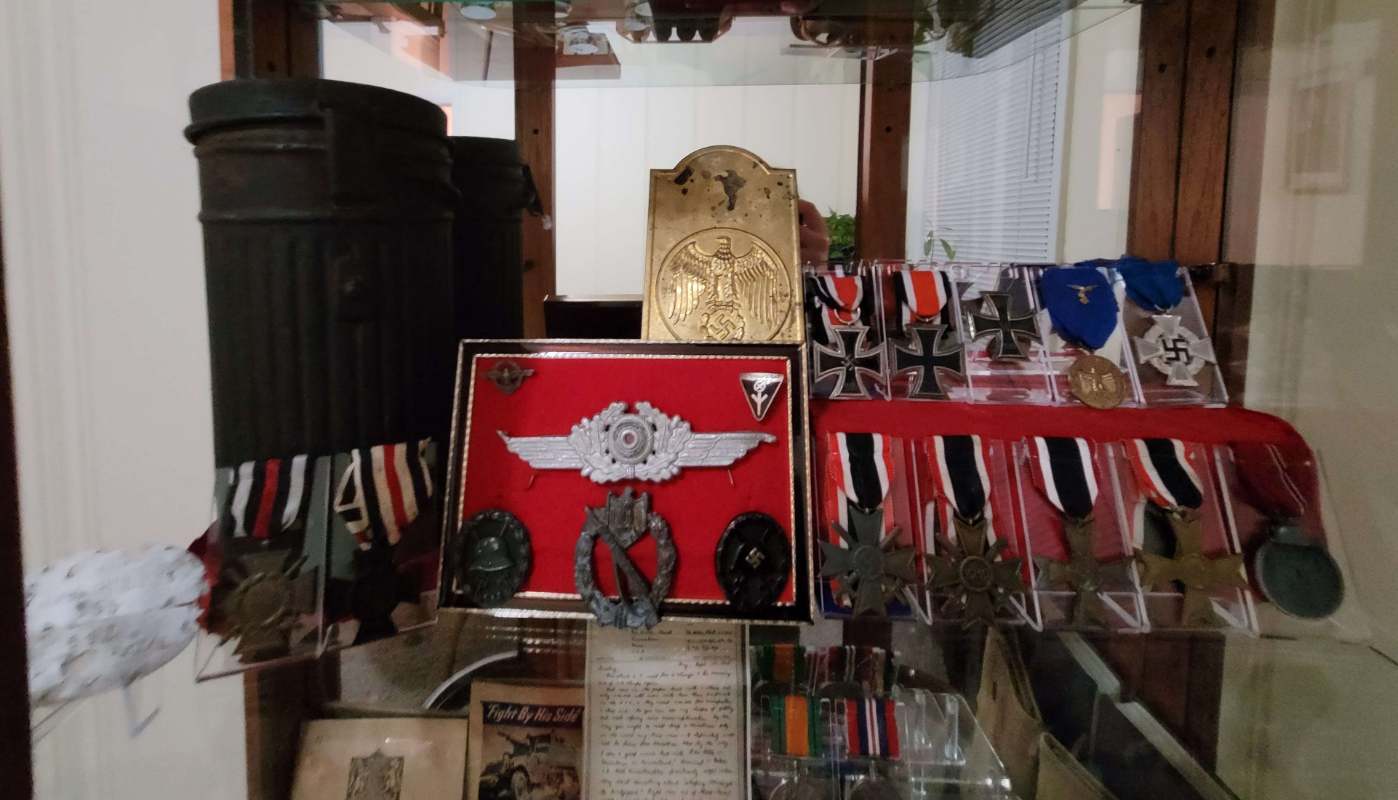
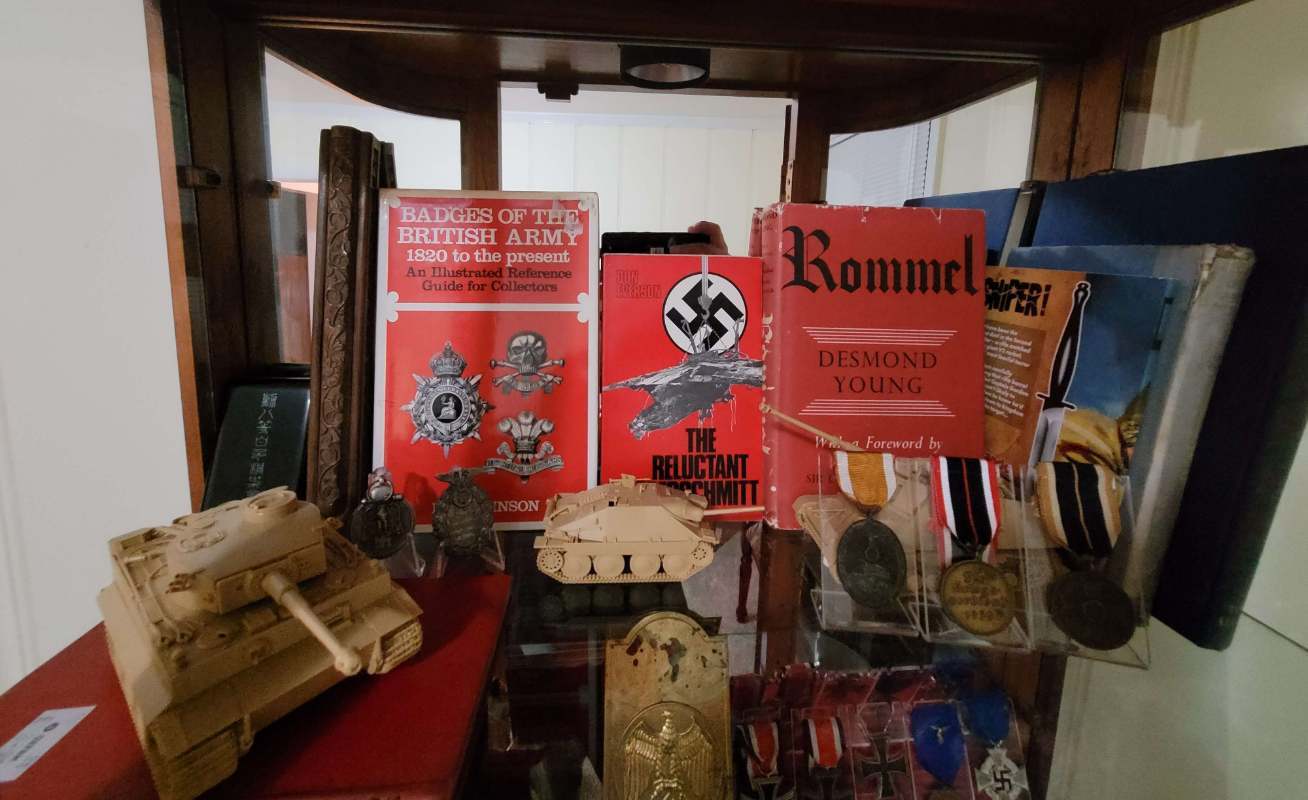









.thumb.png.014df3f2e762549450498012a79c4d91.png)